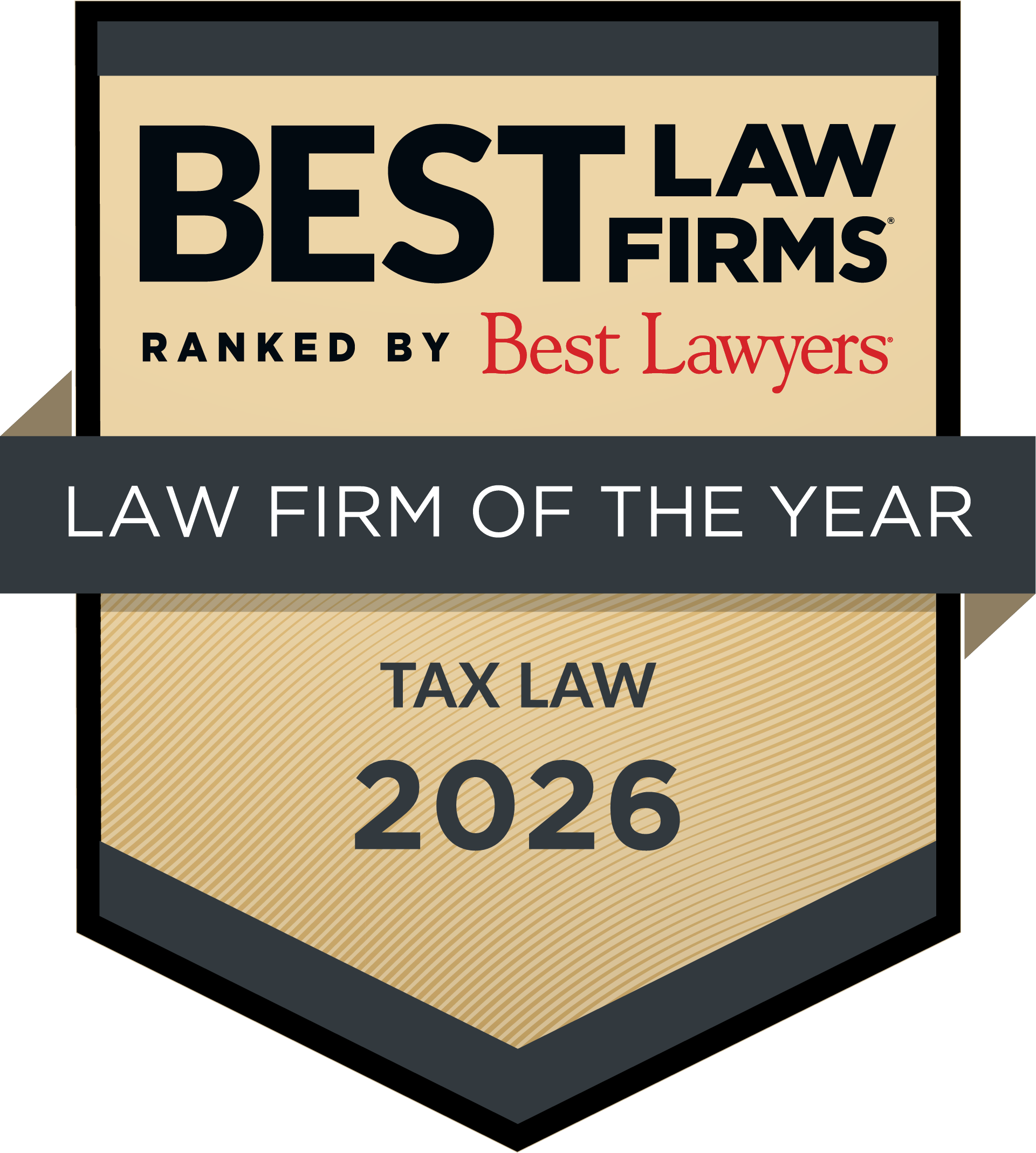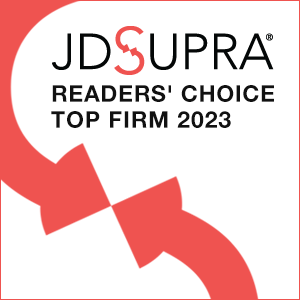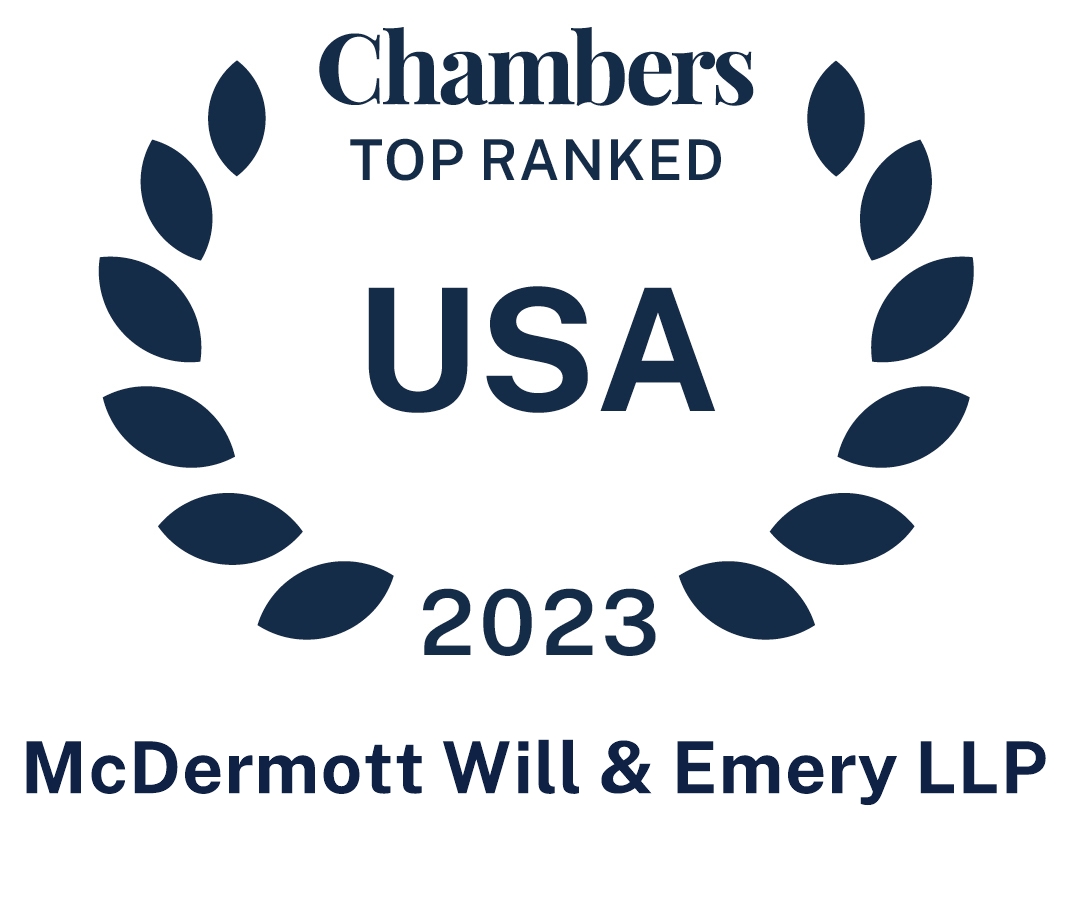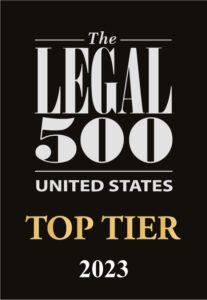We previously reported that the Minnesota Legislature was considering imposing mandatory worldwide combined reporting through an omnibus tax bill. Subsequent to our report and in the face of numerous criticisms, Minnesota Senate leaders backed away from the proposal. But ominously, those same leaders said they would examine other tax increases to make up for the (potentially hypothetical) revenue left on the table by moving away from mandatory worldwide combined reporting.
After a series of negotiations, an updated omnibus tax bill (HF 1938) emerged from the Minnesota Legislature conference committee over the weekend, which has already been passed by both the Minnesota House and Senate. Most notably for corporate taxpayers, the legislation:
- Recouples Minnesota with the Internal Revenue Code provision providing for the inclusion of global intangible low-taxed income (GILTI) (under IRC § 951A) in the corporate tax base while providing a 50% dividends received deduction (but no deduction under IRC § 250)
- Reduces the dividends received deduction from 80% to 50% for corporations in which the recipient owns 20% or more of the stock and from 70% to 40% for corporations in which the recipient owns less than 20% of the stock and
- Decreases a corporation’s maximum net operating loss deduction from 80% to 70% of taxable net income each year.
As no prior bills proposing these tax increases had been introduced in the Minnesota Legislature, these tax increases have been passed without any public hearing or public testimony. The rush to put these proposals together may explain why the legislation fails to address how income from GILTI must be accounted for in determining a taxpayer’s apportionment factor.
Minnesota’s move toward GILTI taxation is out of step with legislation introduced in New Jersey, which would increase the state’s GILTI deduction to 95% from 50%. The proposal, which is part of a broader legislative compromise package negotiated by New Jersey government officials and businesses, has the support of the chair of the New Jersey Senate Budget and Appropriations Committee and has been publicly called “win-win” legislation by a New Jersey Division of Taxation representative.
As litigation addressing the constitutionality of taxing GILTI is already percolating through administrative appeals in numerous states, it is likely that New Jersey’s potential move away from GILTI taxation will prove to be the more fiscally prudent way to go.
read more



 Subscribe
Subscribe



